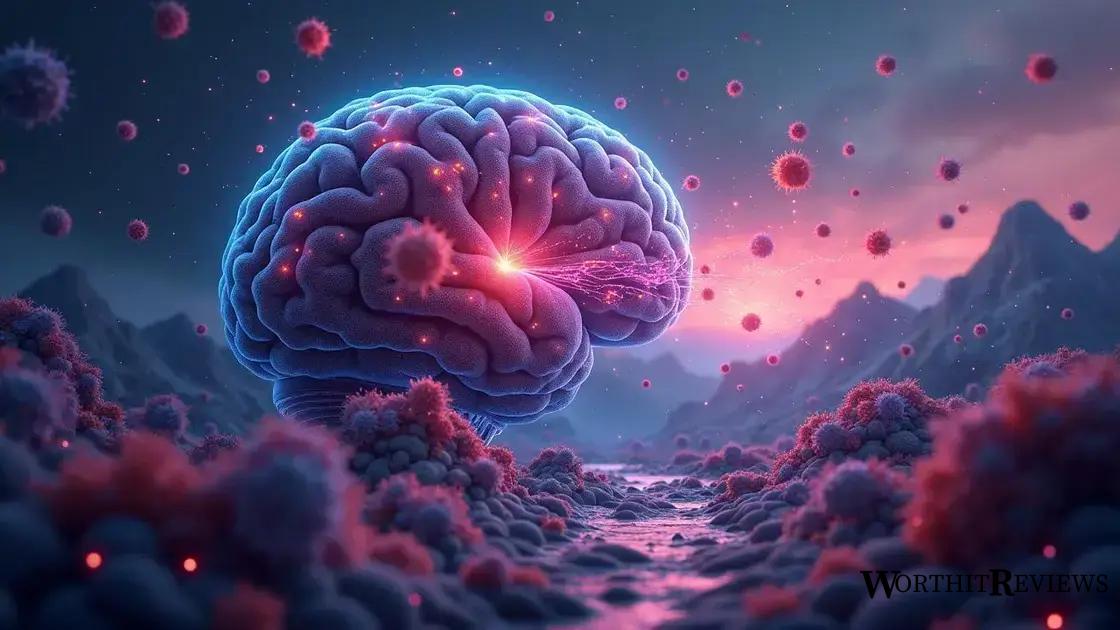GLP-1, a natural hormone, plays a key role in weight loss by regulating blood sugar, suppressing appetite, and promoting fullness, working in conjunction with lifestyle changes like balanced diets and exercise for effective weight management.
GLP 1 and weight loss have become hot topics in health discussions lately. If you’ve been wondering how these two concepts connect, you’re not alone! Let’s dive into their relationship and explore how they might benefit you.
Understanding GLP 1 and its role in weight management
GLP-1, or glucagon-like peptide-1, is a naturally occurring hormone in our bodies that plays a crucial role in regulating blood sugar levels and appetite. It’s released after we eat, and it works in several ways to help us feel full and satisfied. One of its primary functions is to stimulate insulin release when blood sugar levels are high. This helps to move glucose from the bloodstream into cells for energy, preventing spikes in blood sugar after meals.
GLP-1’s Impact on Weight
Beyond blood sugar control, GLP-1 also acts on the brain to suppress appetite and increase feelings of fullness. This can lead to a reduction in calorie intake, which is a key factor in weight management. By slowing down gastric emptying, GLP-1 also helps us feel fuller for longer after meals, reducing the urge to snack between meals.
Certain medications, known as GLP-1 receptor agonists, mimic the effects of naturally occurring GLP-1. These medications can be prescribed to help people with type 2 diabetes manage their blood sugar levels and can also contribute to weight loss as a secondary benefit. It’s important to remember that while GLP-1 can be a valuable tool in weight management, it’s most effective when combined with a healthy lifestyle that includes regular exercise and a balanced diet.
How GLP 1 contributes to hunger regulation

GLP-1 plays a significant role in regulating hunger by interacting with specific receptors in the brain, particularly in the hypothalamus, which is the control center for appetite. When GLP-1 binds to these receptors, it triggers a cascade of events that lead to a decrease in hunger and an increase in feelings of fullness or satiety.
The Science of Hunger and GLP-1
One way GLP-1 reduces hunger is by slowing down gastric emptying. This means that food stays in the stomach longer, which sends signals to the brain that the body is nourished. This can help prevent overeating and contribute to a feeling of satisfaction after meals.
In addition to its effects on the stomach, GLP-1 also influences the release of other hormones involved in appetite regulation. For instance, it can suppress the production of ghrelin, often referred to as the “hunger hormone.” By reducing ghrelin levels, GLP-1 further contributes to a decrease in appetite.
GLP-1 and the Brain’s Reward System
Research also suggests that GLP-1 may impact the brain’s reward system, making less healthy, high-calorie foods seem less appealing. This can help individuals make healthier food choices and stick to their weight management goals. This intricate interplay of hormonal actions contributes to GLP-1’s powerful effect on regulating hunger and promoting a sense of fullness.
Practical tips for integrating GLP 1 into your weight loss journey
While GLP-1 medications can be a valuable tool for weight management, they are most effective when combined with lifestyle changes. Here are some practical tips for integrating GLP-1 into your weight loss journey:
Prioritize a Balanced Diet
Focus on consuming a diet rich in whole, unprocessed foods, including fruits, vegetables, lean proteins, and whole grains. These foods provide essential nutrients and help regulate blood sugar levels, complementing the effects of GLP-1 medications.
Establish a Regular Exercise Routine
Physical activity is crucial for overall health and weight loss. Aim for at least 150 minutes of moderate-intensity exercise per week, such as brisk walking, cycling, or swimming. Exercise can improve insulin sensitivity and enhance the effectiveness of GLP-1.
Stay Hydrated
Drinking plenty of water throughout the day can help you feel full, especially before meals. This can be particularly beneficial when starting GLP-1 medications, as they can sometimes cause mild dehydration.
Mindful Eating Practices
Pay attention to your body’s hunger and fullness cues. Eat slowly and savor your meals, allowing your body time to register satiety signals. This can help prevent overeating and support healthy weight management.
Consult Your Healthcare Provider
It’s essential to work closely with your doctor or a registered dietitian to develop a personalized weight loss plan that incorporates GLP-1 medications safely and effectively. They can help you determine the appropriate dosage, monitor your progress, and address any potential side effects. Remember, a holistic approach that combines medication with healthy lifestyle choices is key to achieving sustainable weight loss results.
Understanding how GLP-1 impacts weight loss can empower you to make informed decisions about your health journey. While GLP-1 medications can be valuable tools, they are most effective when part of a comprehensive approach that includes healthy eating, regular exercise, and mindful lifestyle choices. By incorporating these strategies, you can harness the power of GLP-1 to achieve sustainable weight management and improve your overall well-being. Remember to consult with a healthcare professional for personalized guidance tailored to your specific needs and circumstances.
